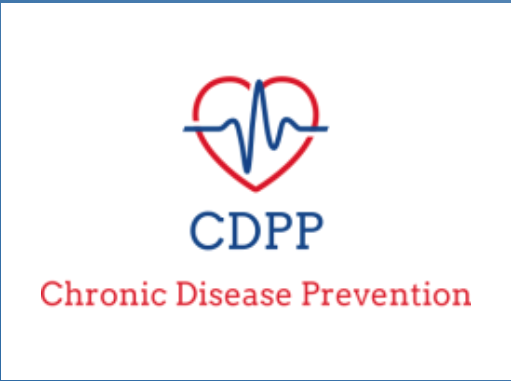
Objectives of the service
In patients over 65 living in long term care facilities, 83% of patients develops a second or third chronic condition within the first three years of been diagnosed with one chronic disease. The Chronic Disease Prevention Platform (CDPP) service prevents this from happening.
Also, without preventive care, patients quickly rack up healthcare costs. Average hypertension care is €14,000/year, and cardiac care is €6,000/year.
The CDPP service builds on Think Biosolution’s single point of care NurseAnn™ device to collect symptoms and vitals that AI-based risk indicators can interpret to simultaneously detect the onset of the six most common chronic conditions, which include Hypertension, Dementia, Diabetes, Atherosclerosis, Stroke and Atrial Fibrillations.
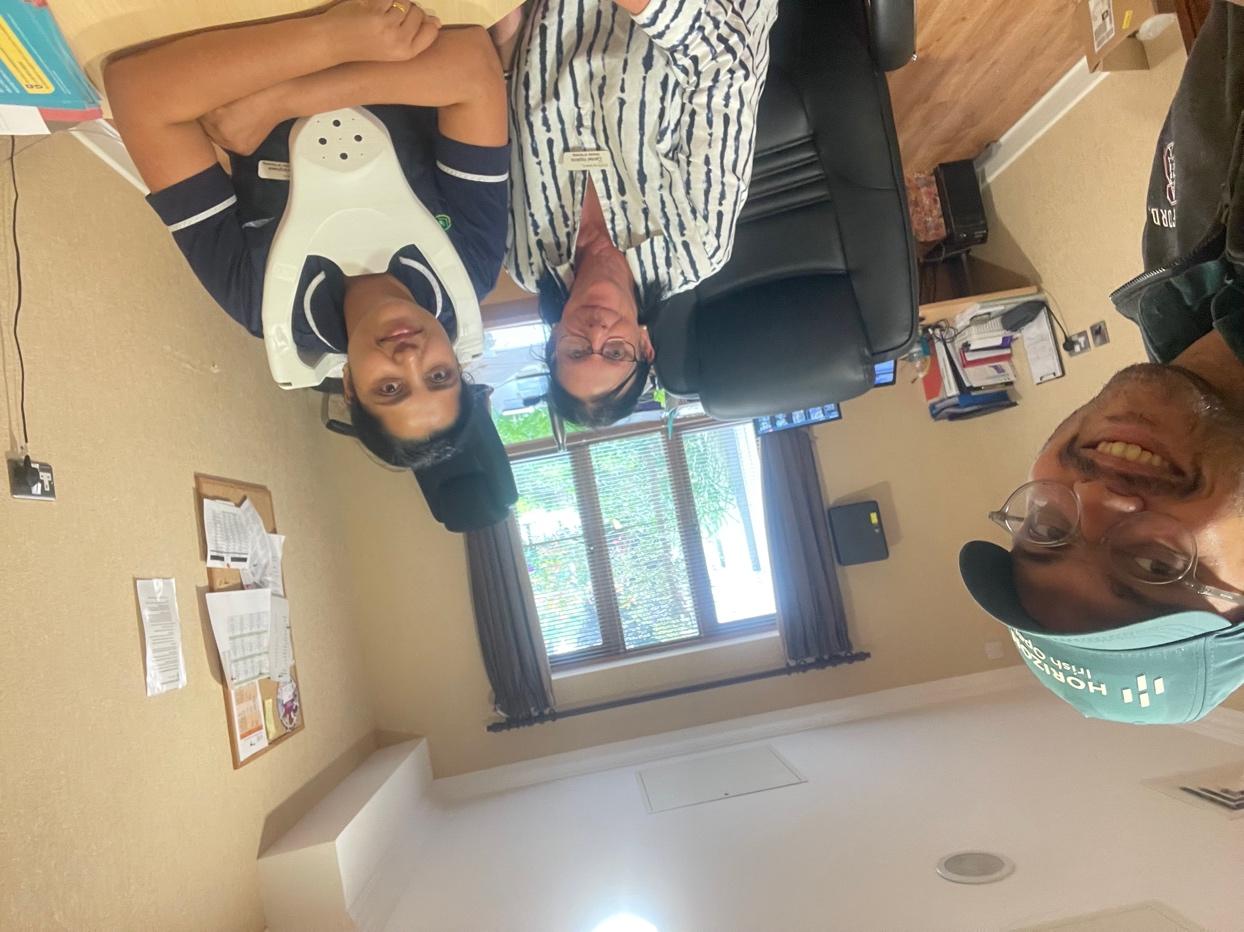
Users and their needs
The Chronic Disease Prevention Platform (CDPP) service is used by facility nurse managers in long term care facilities to monitor and triage patients automatically. Currently, nurse managers using remote monitoring have to manually analyse individual patient vitals and symptoms and screen them for individual diseases. This equates to nurse managers in a handful of top-tier private facilities spending a few hours per patient a week to analyse a patient’s health data. In most long-term care facilities, preventive care is too expensive to deliver. As a result, the patient only receives care in severe or critical stages when they present physiological symptoms.
Key user/customer segments targeted by the CDPP service are long term care facilities and home health care agencies:
-
Long-term care facilities want to deploy preventive care on top of their existing workflows, reduce the burden on nursing staff, and improve patients' quality of life.
-
Home health care agencies want to reduce the burden on nursing staff and improve patient outcomes, by detecting chronic conditions in mild stages.
The target market aims to cover the USA and Ireland as starting points.
Service/ system concept
The CDPP is a three-pronged solution, and it consists of the voice-controlled Nurse Ann™ device, a blood pressure (BP) monitor, and a clinical dashboard. Every facility/home/floor using CDPP is equipped with a Nurse Ann™ device. The Nurse/Patient uses their Nurse Ann™ to connect with the BP Monitor to collect data and uses the voice interface to collect patients’ symptoms.
The clinical dashboard then collates this information and computes nine risk indicators for each patient. Nurse managers uses this clinical dashboard to triage patients and seamlessly execute patient handover to associated healthcare providers. Nurse managers also get real-time updates about capacity, condition, and overdue tasks pertaining to patient management.
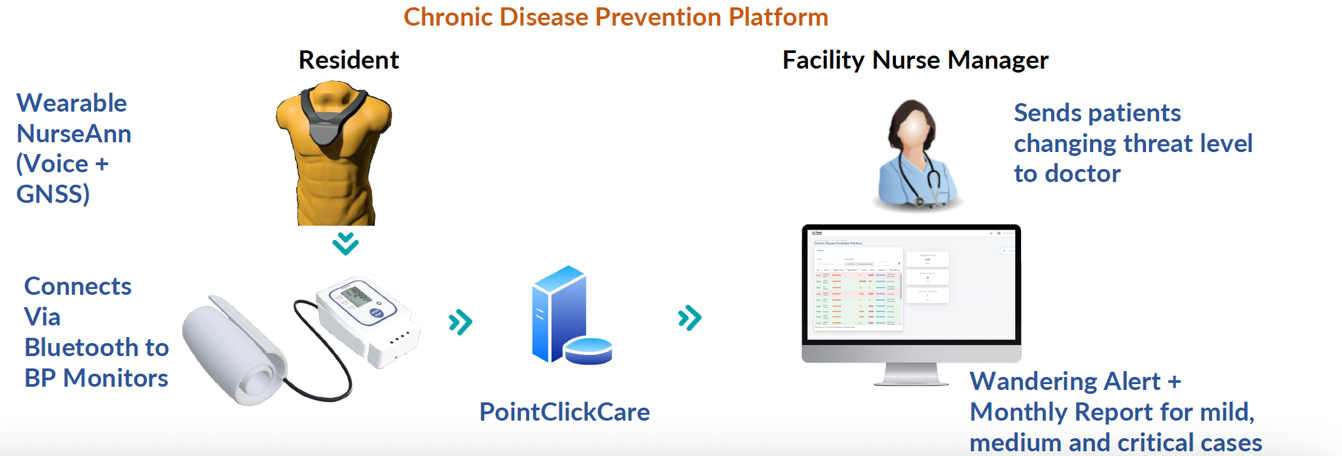
Space Added Value
The CDPP is the world's first voice based medical device to use Galileo GNSS features to deliver dementia care in facilities.
Geo-fencing and SAR capability leads to avoidance of dementia patients getting lost and wandering off facilities. Patient wandering off is a major concern in dementia care facilities. Events occur 1-3 times per patient per year and they spend approximately €700 in SAR each time a patient wander off. Having Geo-fencing and SAR capability will improve patient’s quality of life and lead to cost saving.
Also, a digital health product that combines Geo-fencing and SAR and disease prevention will enable dementia care facilities to deliver a complete disease prevention solution to its residents. This will further enhance quality of life.
This ability add geo-fencing and SAR capability is one of the five requirements from the Long-Term Care (LTC) market, and is the single most important requirement in terms of market-capture.
Current Status
The activity has now been concluded following an 8-week pilot trial run in Castlemanor Nursing Home, Cavan, Ireland with 5 nurse assistants and 10 residents. Across all three objectives, the program successfully met or exceeded every KPI target or minimum value. The consistent performance is rooted in high staff engagement, usability of the system, and tangible benefits for both nurses and residents. The overall results reflect a strong trajectory of adoption, efficiency, and impact. This data supports continued investment and scale-up of the solution across similar care settings. The pilot revealed strong performance in nurse note transcription, with adoption by nursing staff significantly exceeding expectations. This suggests that the system aligns well with their workflow and delivers clear value in documentation tasks. Wandering alerts and voice-based data collection features also performed as intended, meeting the goals set for their functionality and usage. These components appear to have integrated smoothly into daily operations. The Final Review (FR) took place in in April 2024, which marked the start for the commercialisation process of the solution.
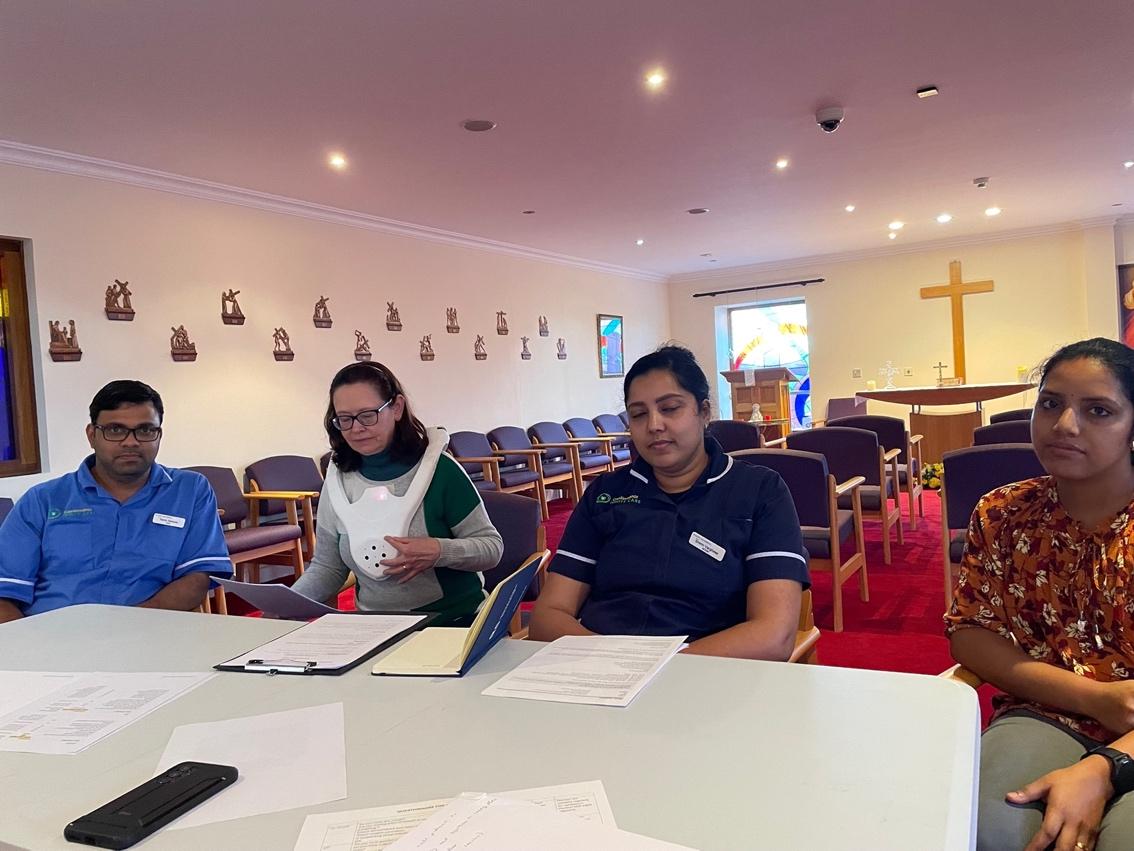
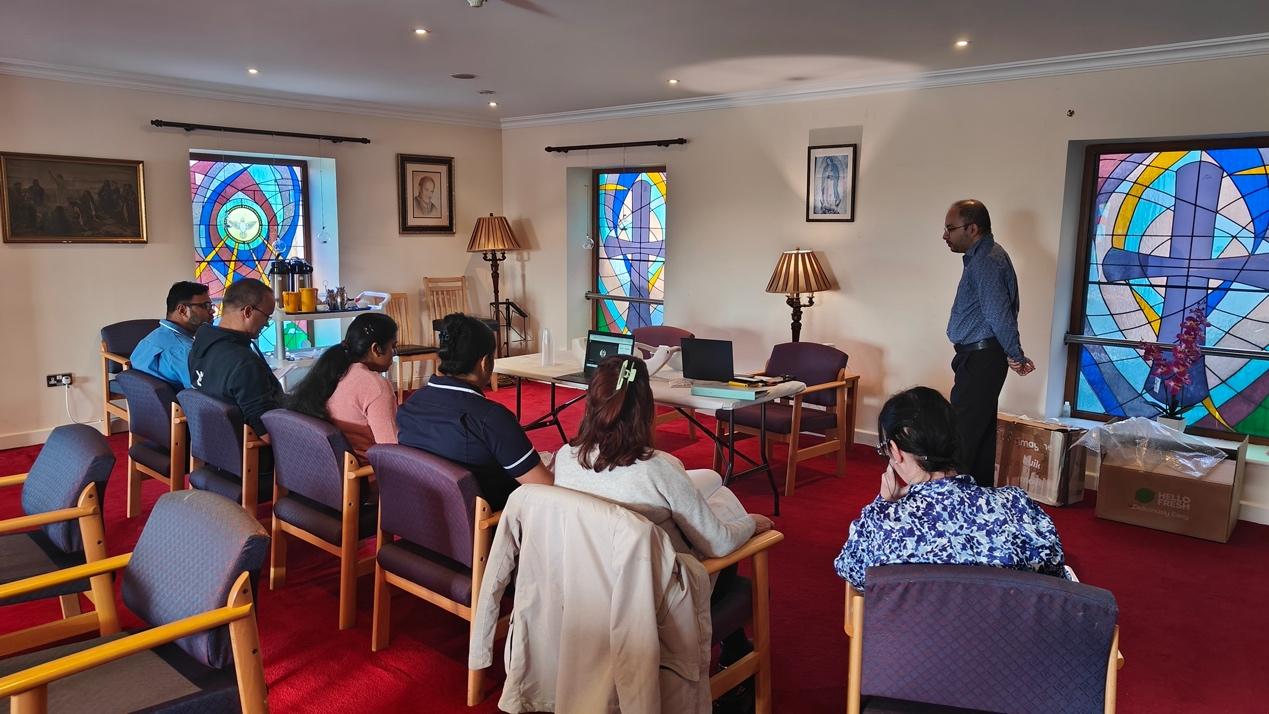
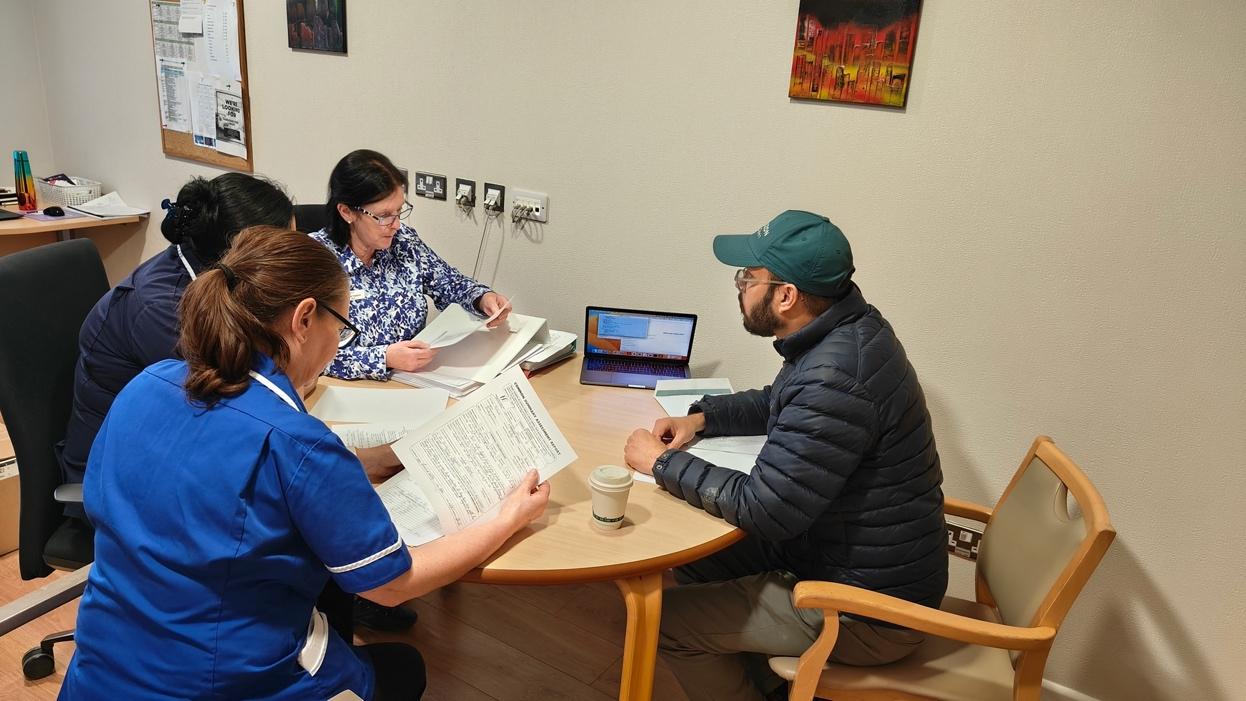
Prime Contractor(s)
Subcontractor(s)



